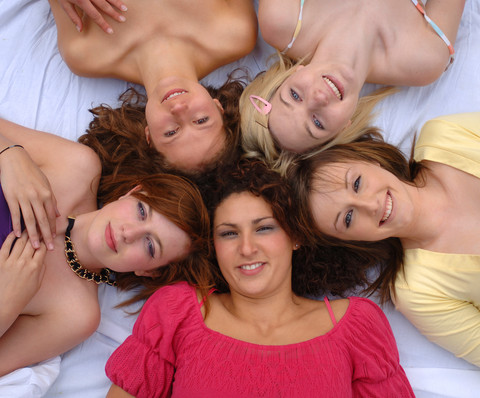Jaak Panksepp (1998, 2008) a neurobiologist who devoted his life’s work to the study of the brain’s motivational circuitry, discovered seven flows of energy and information that are part of our genetic inheritance, all lying deep in limbic region of the brain.
As Social Creatures the functions of the circuits all have to do with maintaining or regaining connection with each other. Six of seven are present from the beginning of life. Three are available when we feel safe, comfortable, and connected-the seeking system (curiosity and exploration), the care and bonding system
(attachment and empathy), and the play system ( the free flowing, full-bodied, uninhibited expression of joy). All blend in the rich space between two people. (Gallo-Lopez & Rubin 2012. pg. 4-5)
Play becomes more available when we feel safe and we form interpersonal connections
When we feel safe it increases our ability to connect and play.
“Our calmness and attuned presence with the flow of connection-disconnection-reconnection and quiet acceptance that they are doing what they need to do in the moment creates a wide ventral space within us that is a constant invitation for the children to come home to safety and to play.”(Gallo-Lopez & Rubin 2012. pg. 266)
Parents should be their child’s first and best play partners.

